Museum of the Earth
Bohdan Pniewski's Villa
Na Skarpie 27
Warsaw
Monday to Friday:
9 am – 4 pm
Saturday: closed
Sunday: 10 am – 4 pm

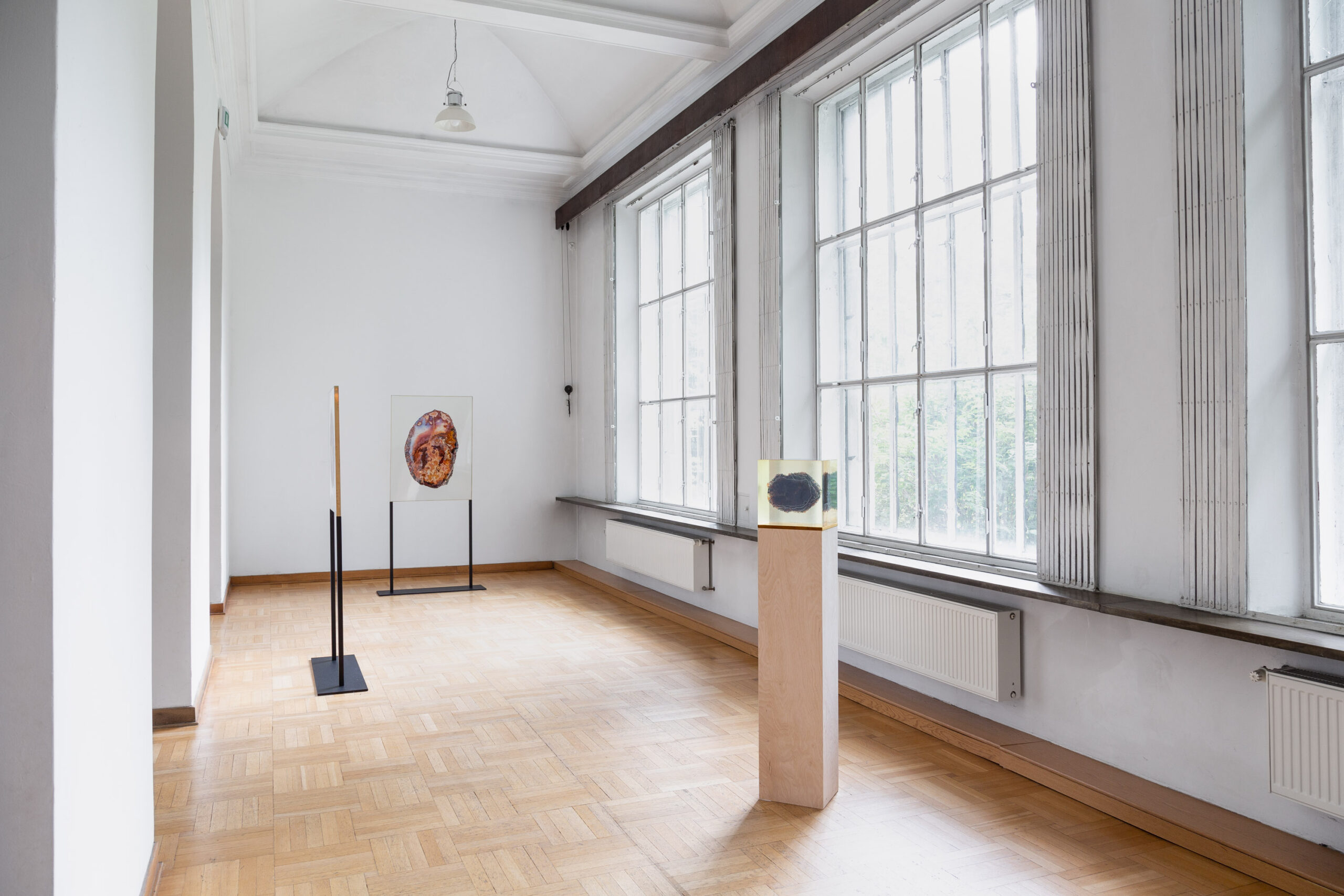
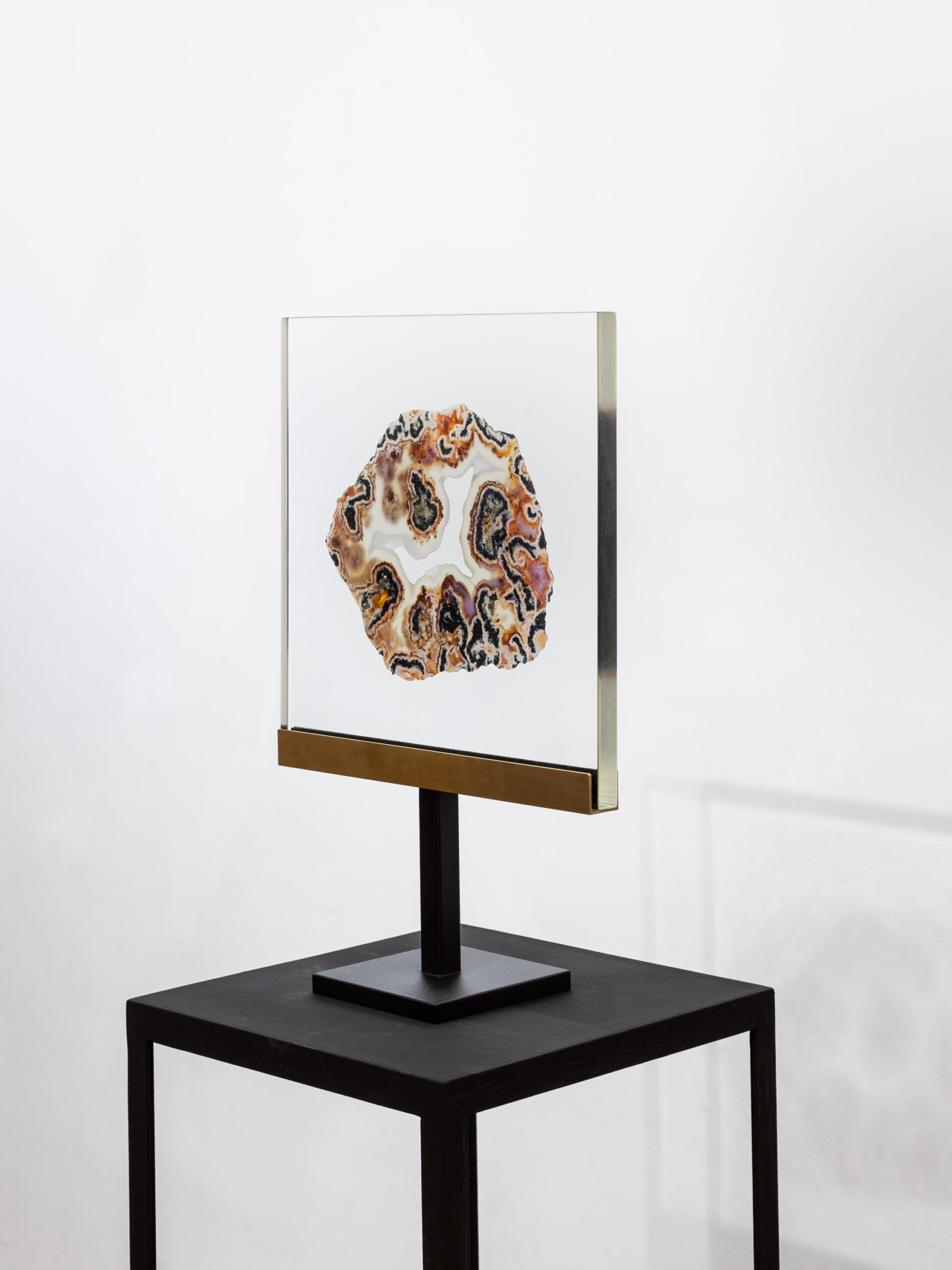
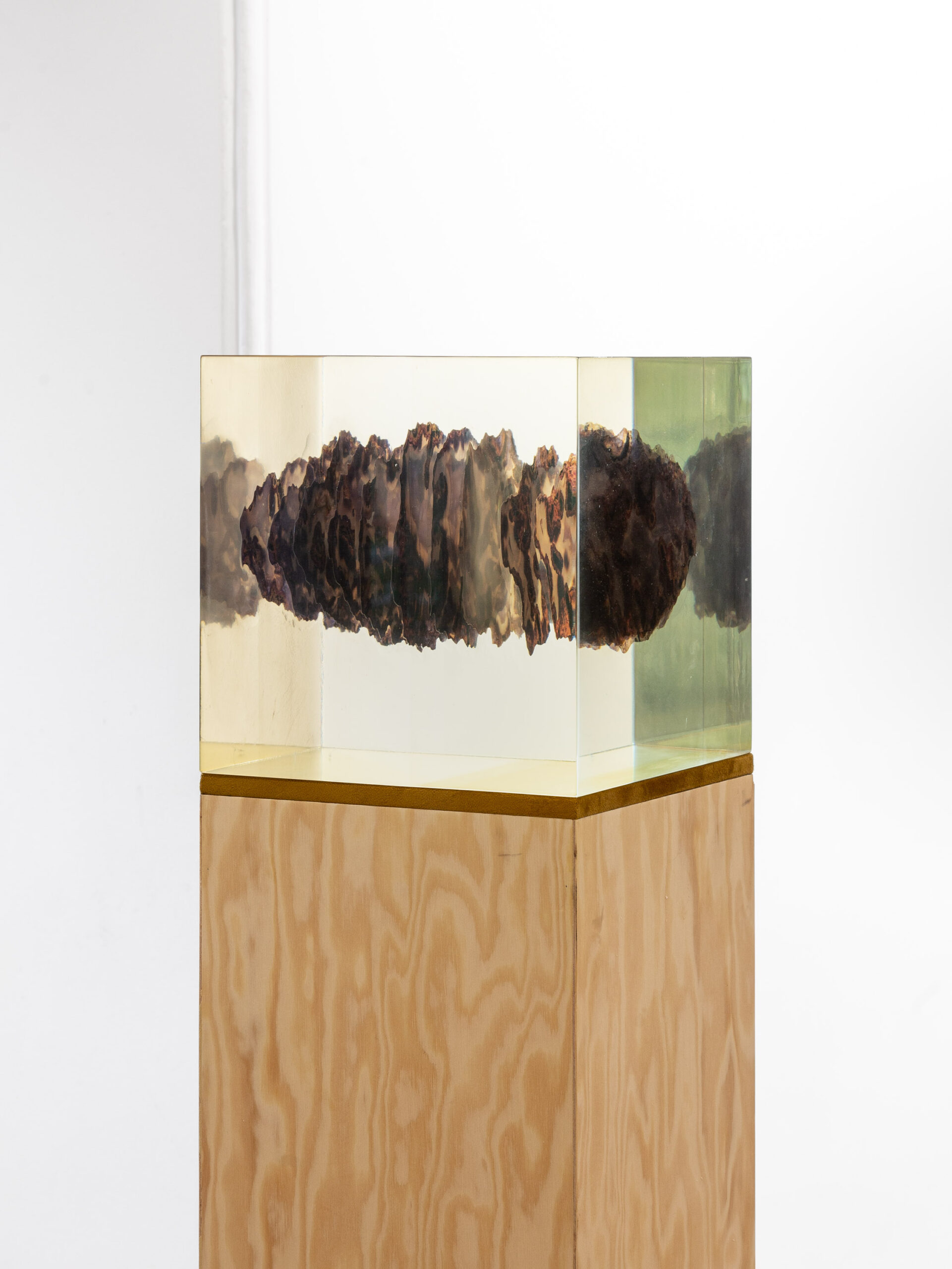
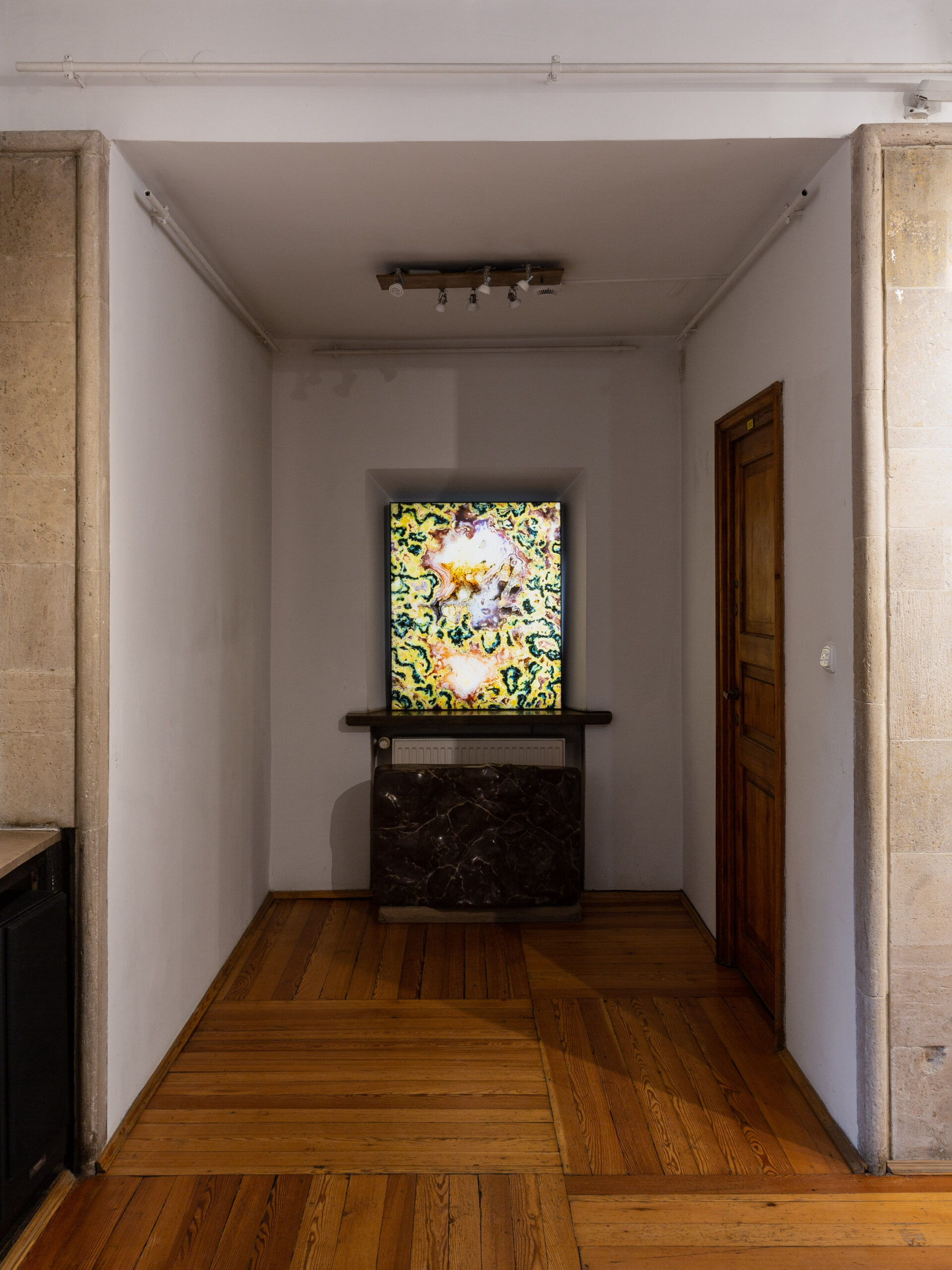
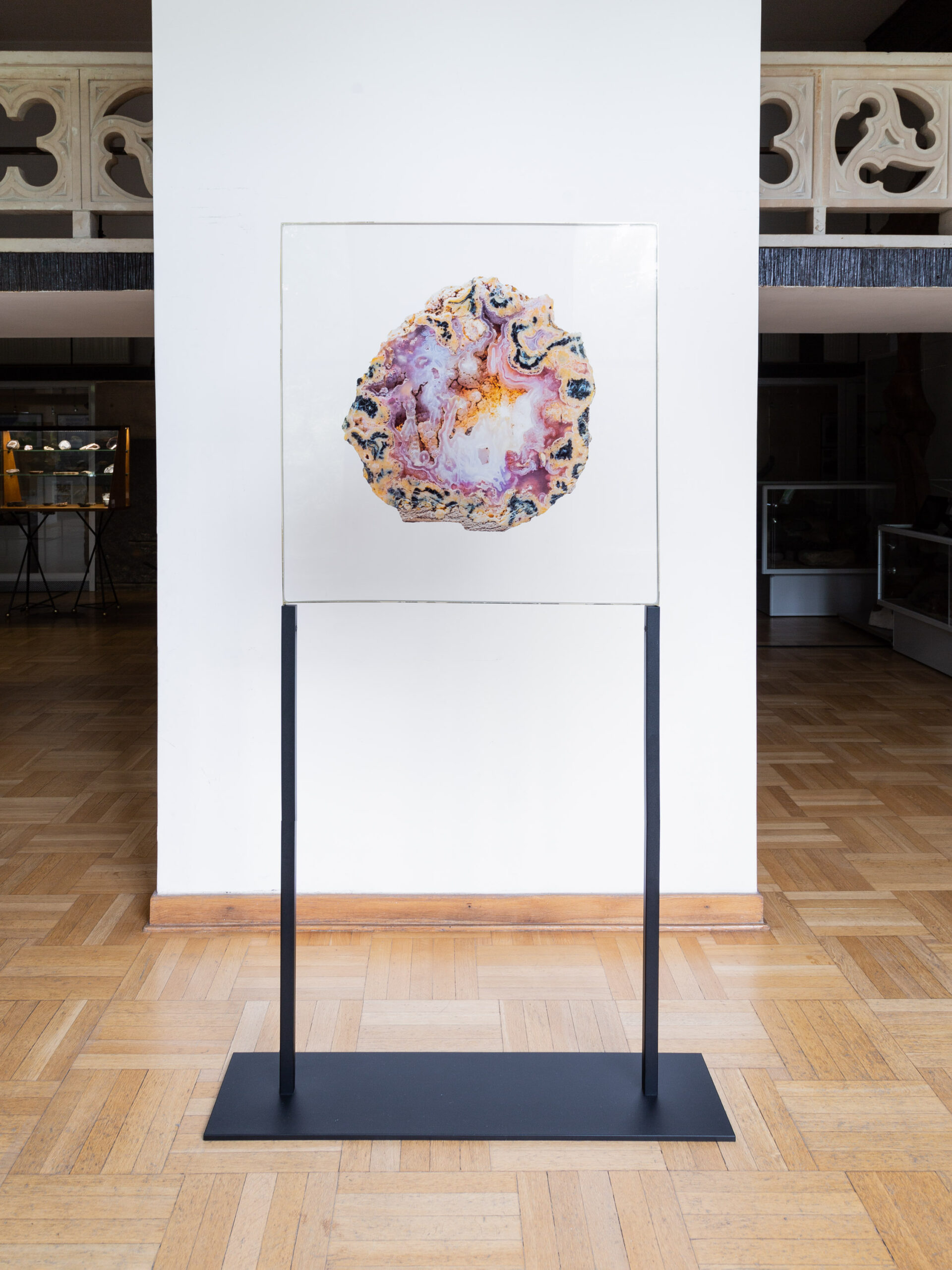
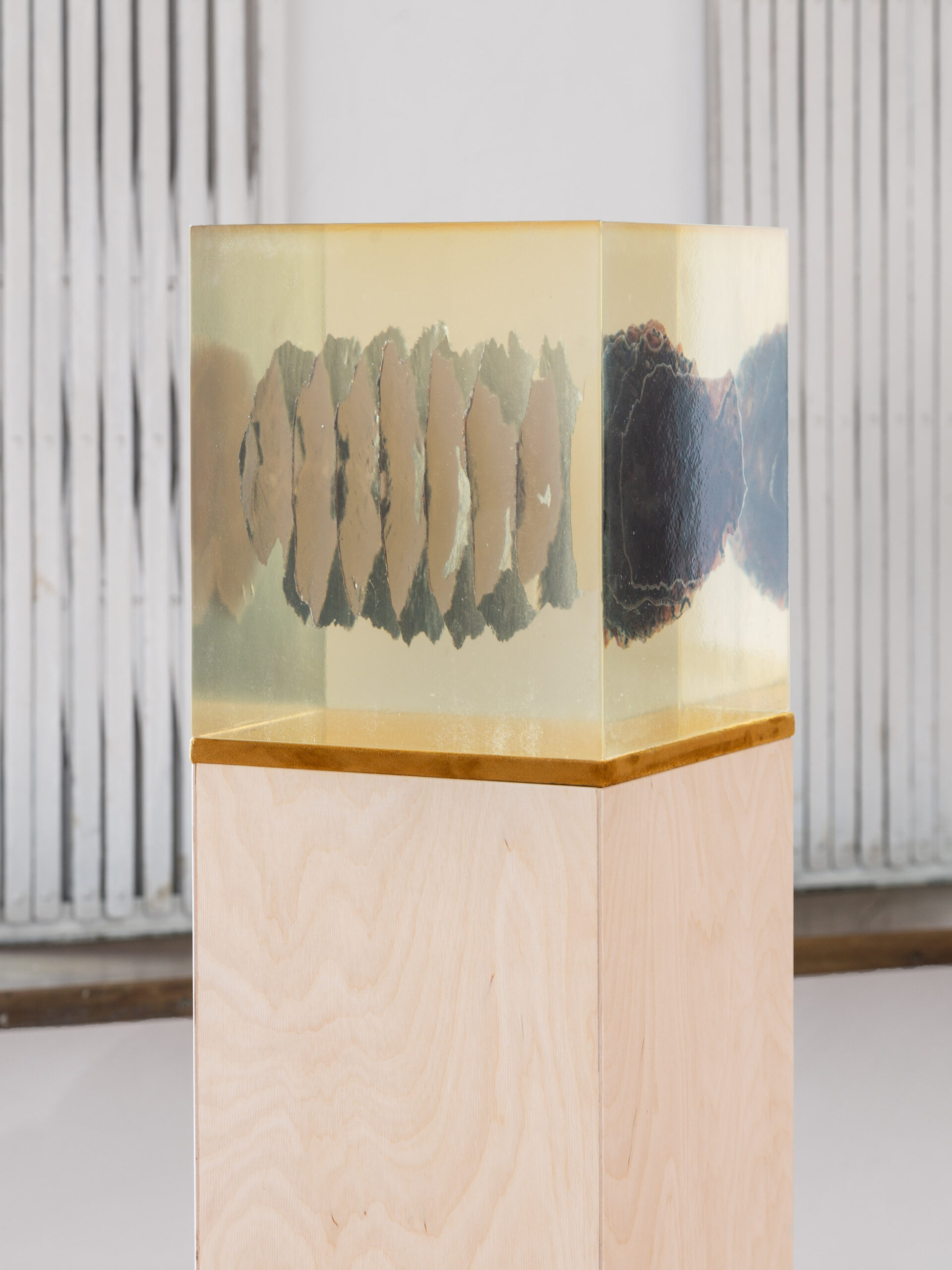
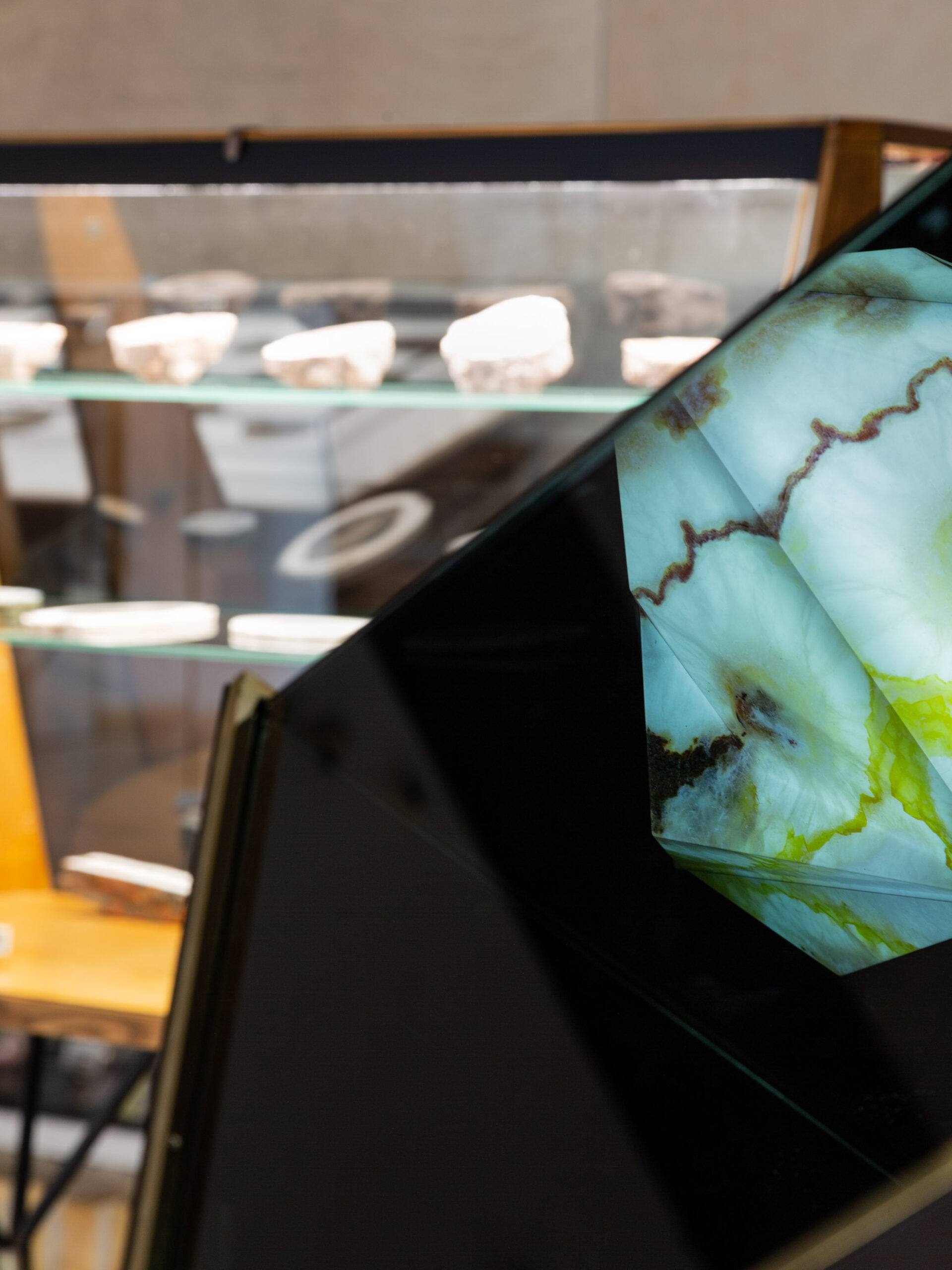
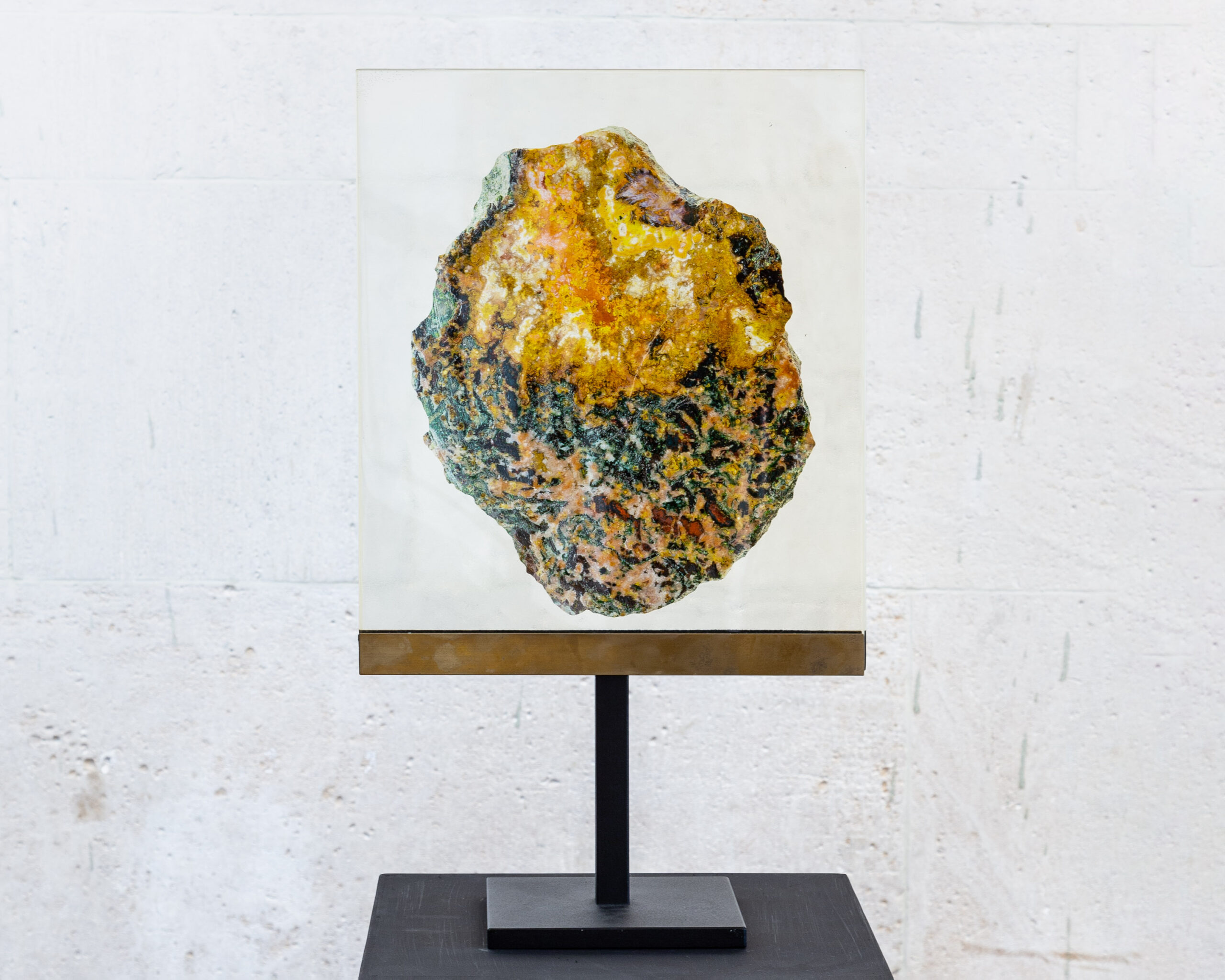
In September 1944, Bohdan Pniewski’s villa came under the fire during fierce fighting between German soldiers and Polish insurgents. The south façade collapsed, revealing the dining room, library and bedrooms of the house, hitherto scrupulously hidden from public view. Pniewski did not believe in the inclusive power of architecture. Whether he was designing a villa, a ministry or an opera house, passers-by were expected to see enigmatic, inaccessible, often rough façades, and those using the interiors were free to enjoy the comfort, the exquisite materials, the fancy details. His house, too, looks like a fortress: massive walls pierced by a few square windows and lined with stone, narrow steps leading to the entrance and a door the scale of a telephone box. The building resembles an agate – a rough shell, called a geode, on the outside, and a delightful mineral on the inside. History has left successive layers of deposits here, so the genealogy of the building is revealed as geology, with each layer separate but inseparable from its neighbour.
The oldest layer is the relics of the 18th century Masonic lodge pavilion – the ground floor walls and portico on the garden side. In the 1930s, Pniewski added the body of the villa with interiors full of playful details. A tree trunk pretends to be a column, a baptismal font is used to cool vodka, and the ceiling of the library is decorated with painted folk bowls. Soon there was a layer of wartime martyrdom on the marble steps – a vast stain of insurgent blood that is still visible today. The interior changed after the war, but all the adjustments are imperceptible, fused with the pre-war layer, as it was designed by Pniewski himself. His staff/students, on the other hand, signed off on the changes made after his death, during the conversion of the villa into the Museum of the Earth. The museum itself has brought its exhibits into the building. They match the architecture created by Pniewski, who liked and knew how to use stone in a huge variety.
To analyse all these layers, it is fortunately not necessary to split the façade. One need only turn the handle and enter the museum.
Nicolas Grospierre’s Lapis Mundi is the latest provisional layer of the villa’s geogenealogy, which corresponds with both the architect’s stonework fetish and the collection of the Museum of the Earth. The artist even used the original museum display cabinets, designed by Stanisław Zamecznik. Grospierre has been disassembling and reassembling reality for a while now, reducing it to a spatial diagram, a sophisticated analytical construction or a highly plausible fiction. In his new works, such as a stunning installation of photographs of agate slices dissected like meat for carpaccio, he zooms in on small, individual specimens that thus become more monumental, perhaps more beautiful than they actually are; they allow themselves to be meticulously examined, inviting one to gaze into psychedelically jittery arrangements of multicoloured layers. One can also look at them as clouds, guessing at the hidden shapes sketched by the hand of chance. “An agate may shadow forth a tree, several trees, groves, a forest, a whole landscape”, it can resemble “Apollo with his lyre surrounded by the muses”, writes Roger Caillois in his book The Writing of Stones (L’ecriture des pierres), which was one of the most important inspirations for Grospierre. With the photograms, we come face to face with the mineral as if it were a human being.
By revealing the hidden beauty of minerals, Grospierre is reminiscent of modernist architects who, unlike Pniewski, wanted to strip buildings of their massive façades and bring to light the interiors and the hidden logic of architecture – structure, installations, functions. This creative act of reduction was sometimes combined at its source with an act of destruction. Philip Johnson claimed that he was inspired to design the Glass House – which was a window-house, where everything but the central core hiding the toilet was in plain sight – by the burnt-out skeletons of houses he saw in the early days of World War II in Poland.
Grospierre’s strategy is also reminiscent of that of natural history museums, which display killed, reconstructed and preserved animals or skeletons dissected and pedantically arranged so that each part can be studied separately. It brings to mind the great dilemmas of archaeologists or conservationists who have to destroy the top layers in order to extract that which is most precious. Grospierre looks for minerals, finds them, digs them up, works on selected specimens, but in the end, he reconstructs them and buries them again. From earth to earth – the balance is evened out. Photographic objects remain.
Grzegorz Piątek
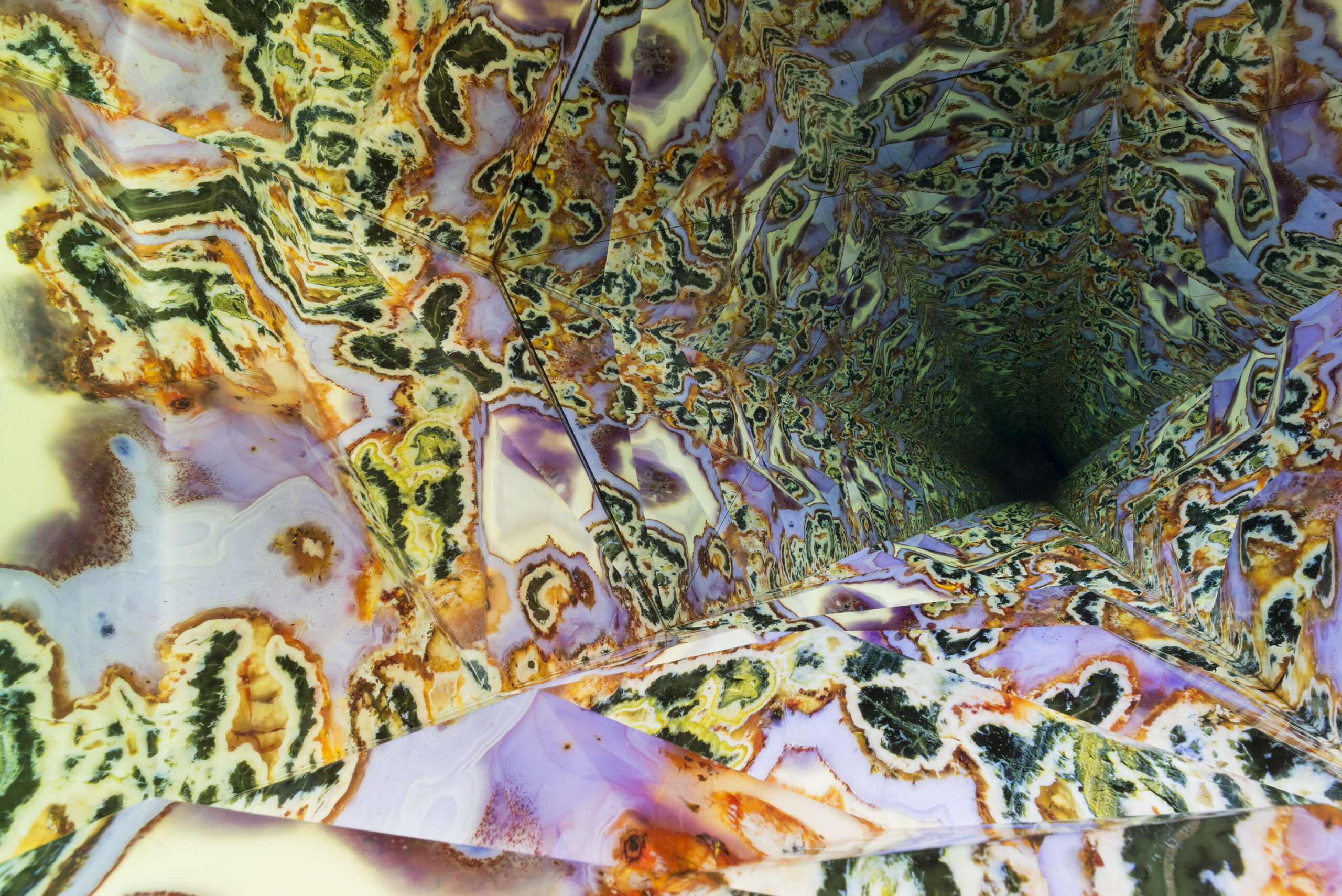

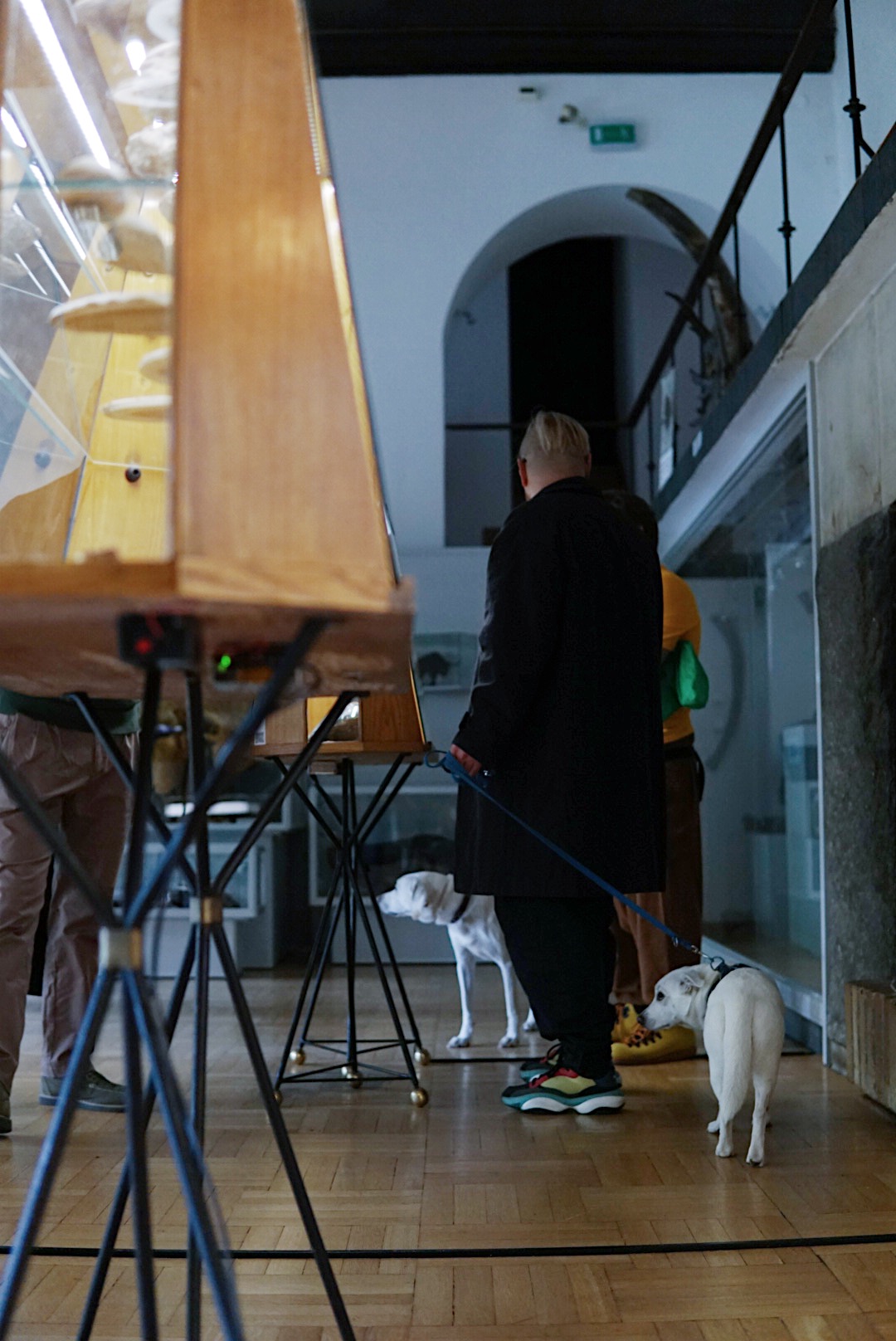


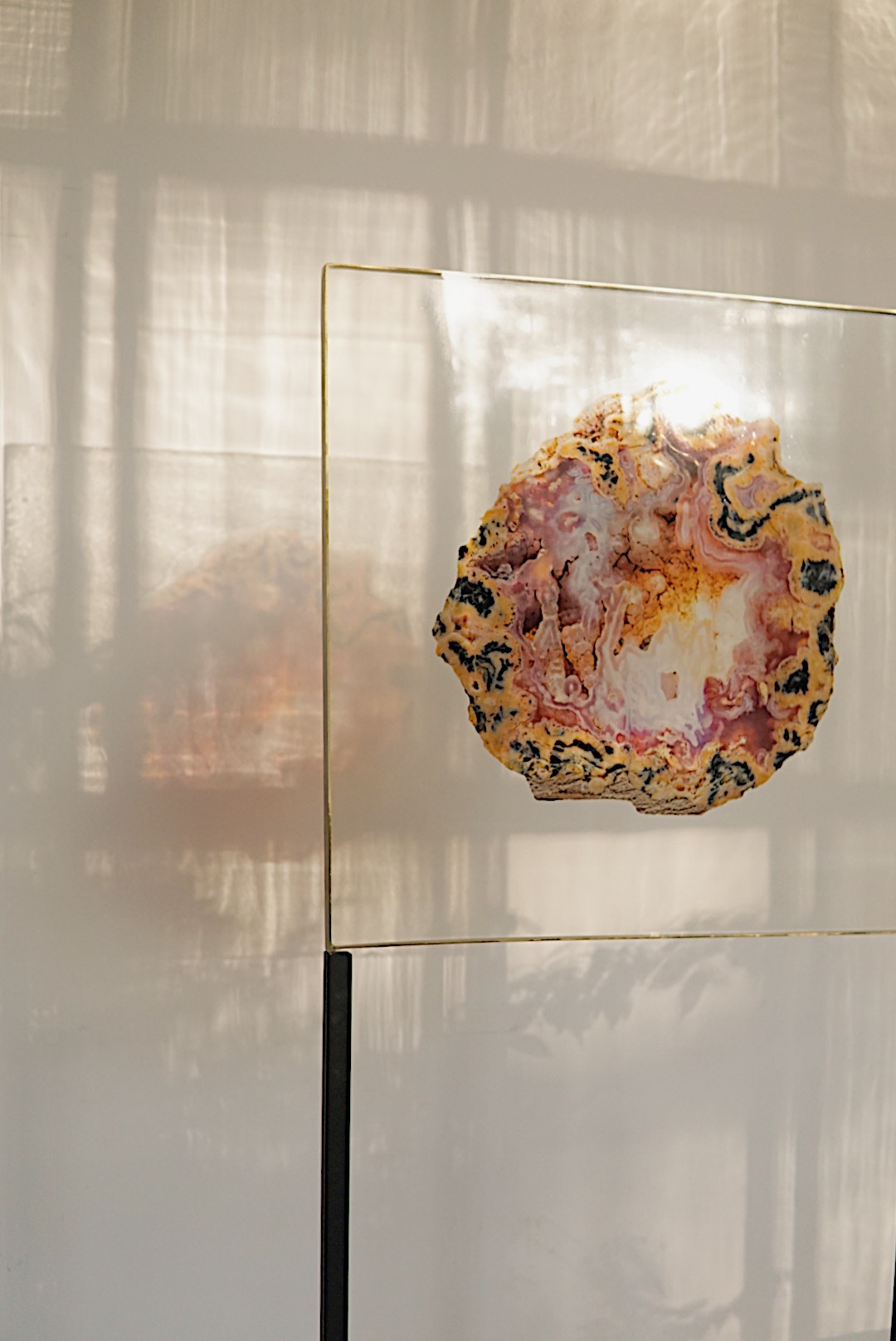
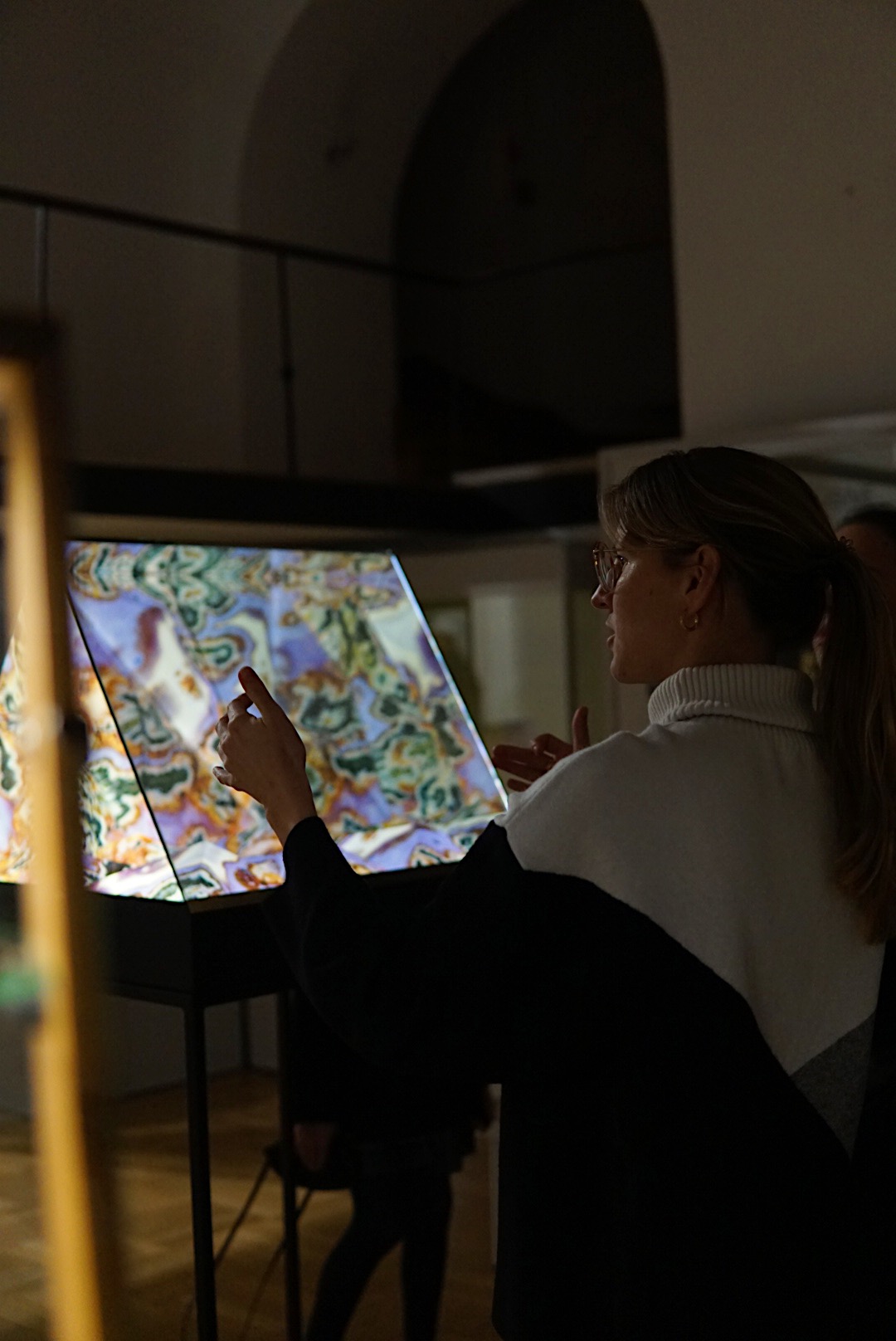
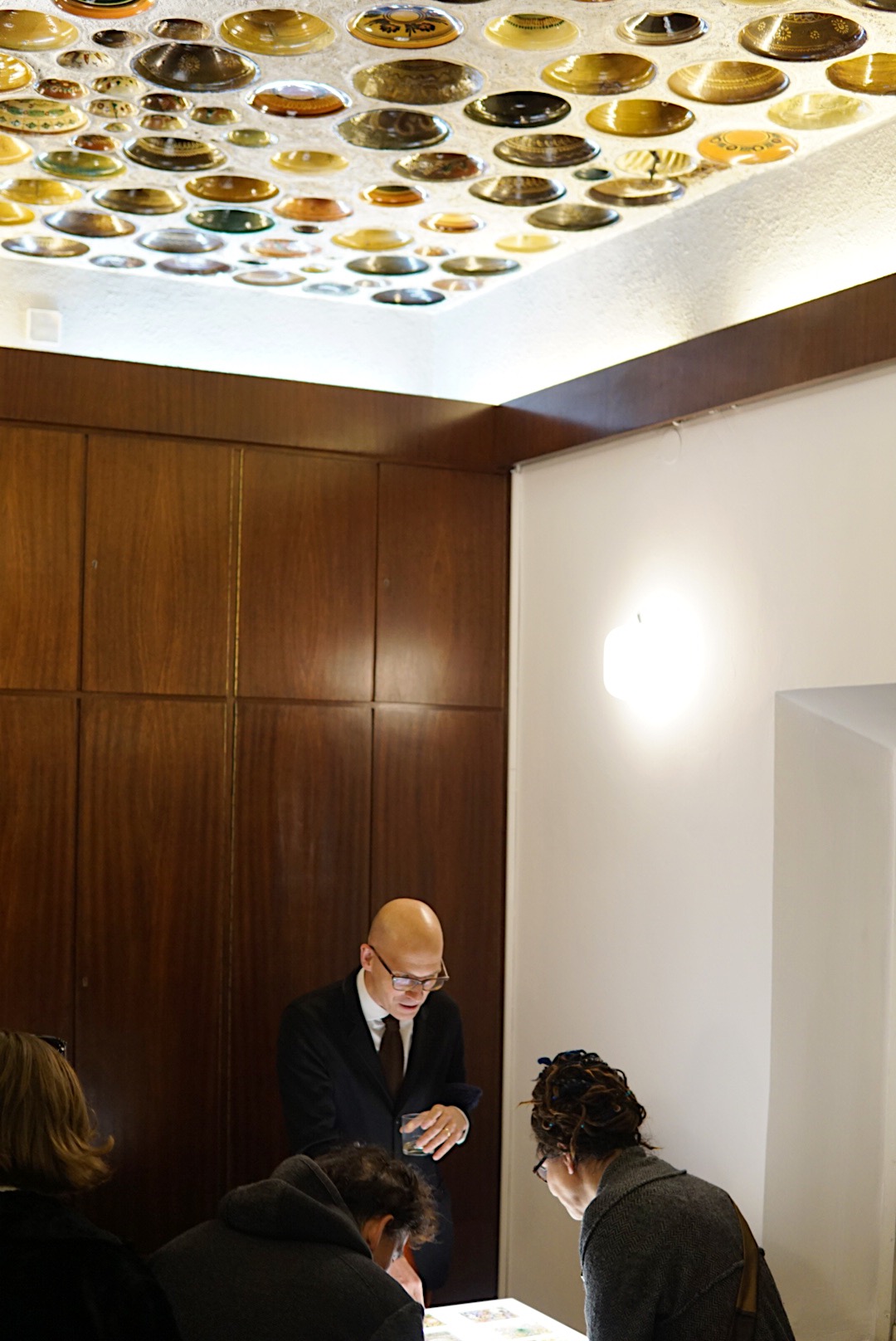
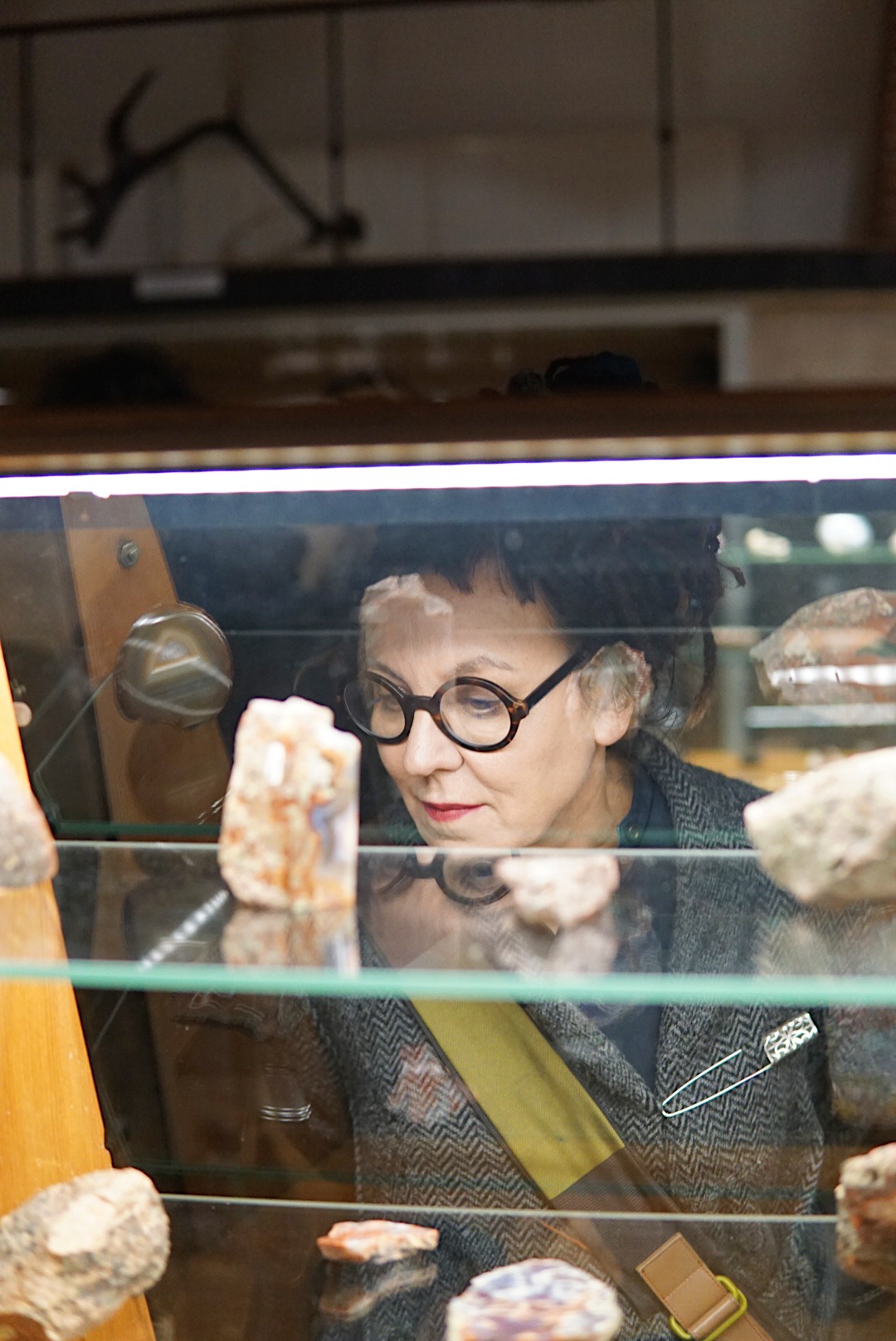


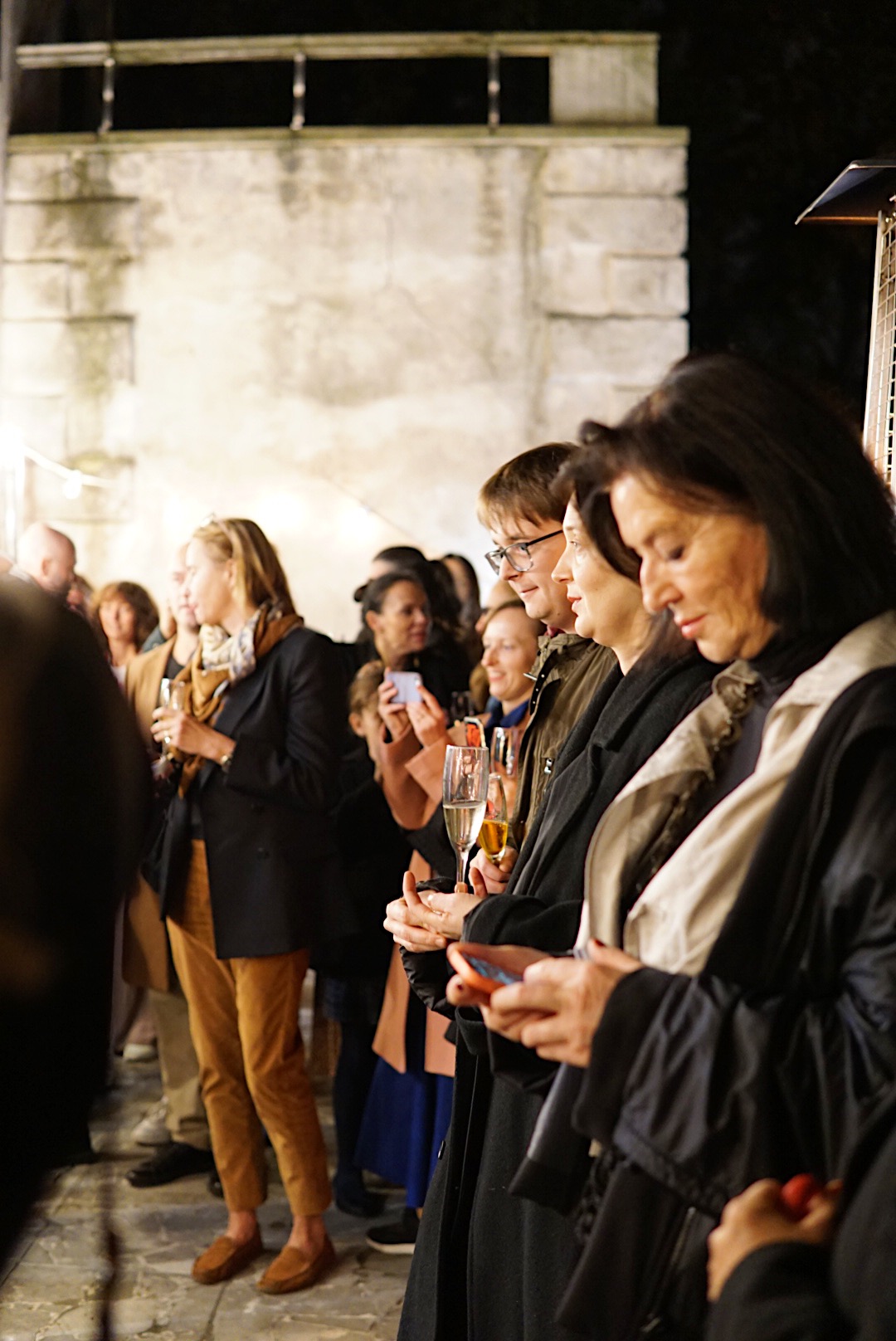
 Design by Post Studio Noviki
Design by Post Studio Noviki